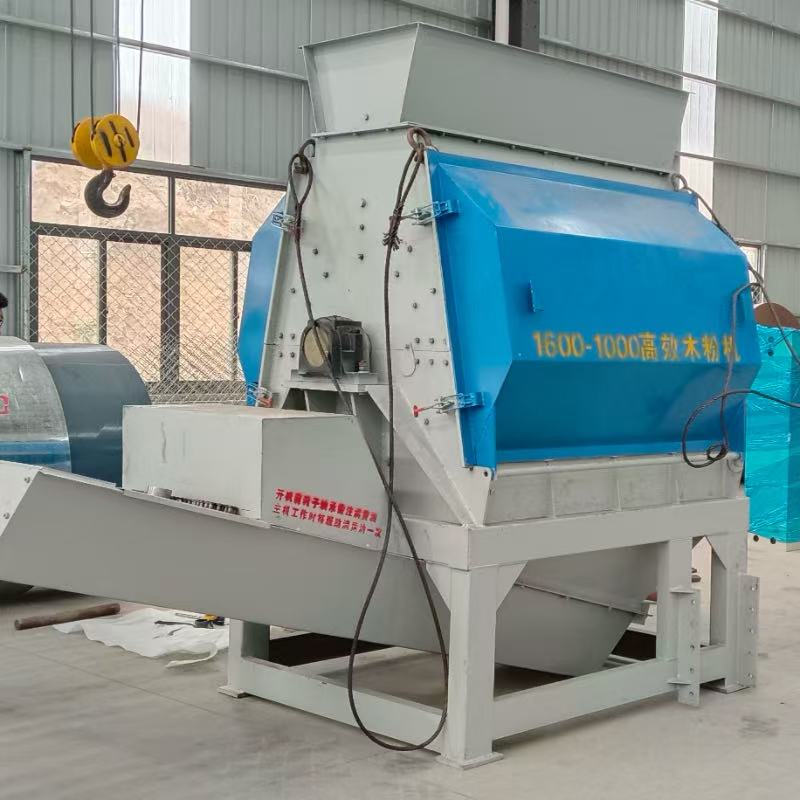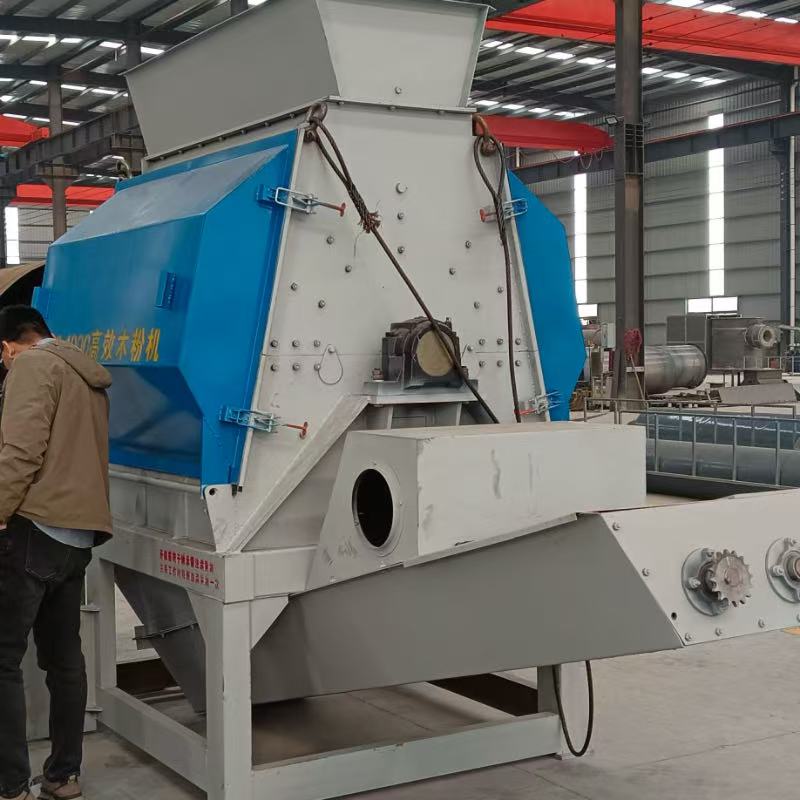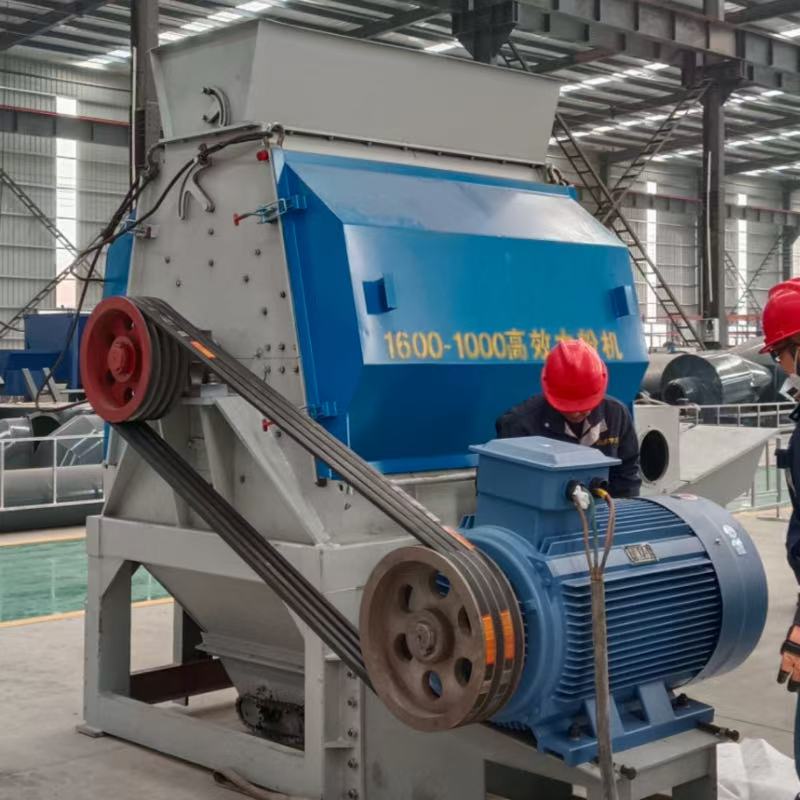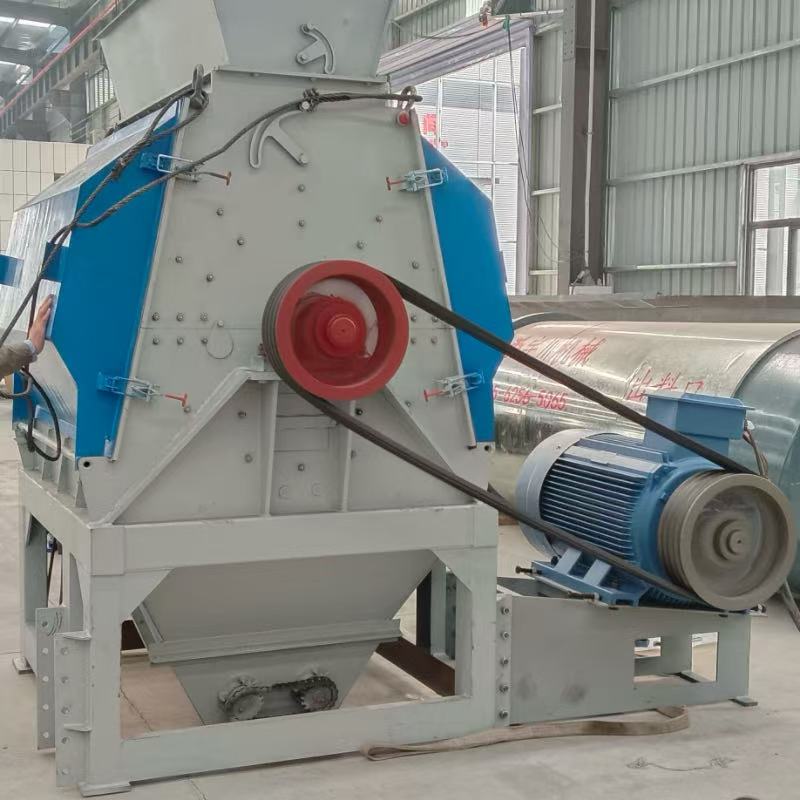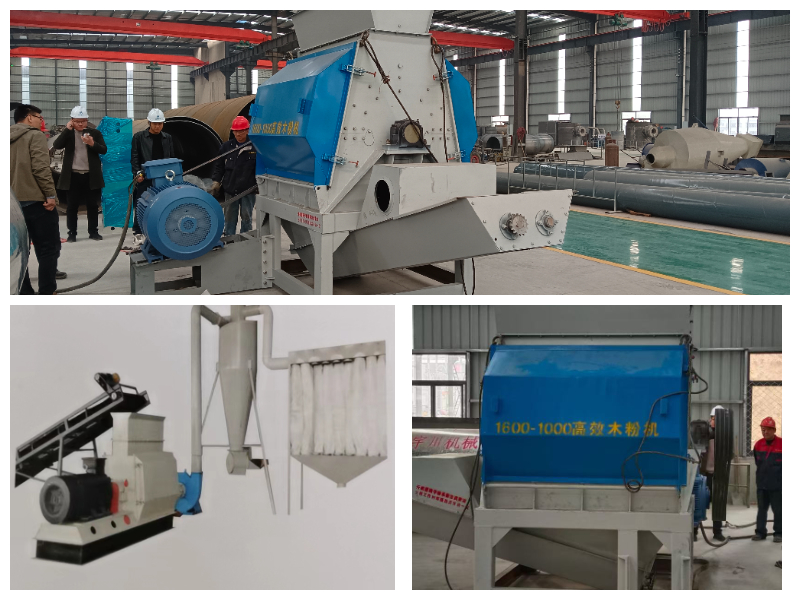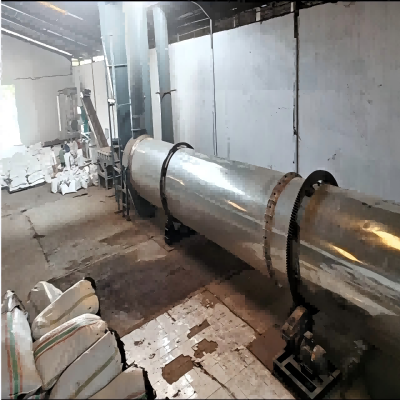Stalk Crusher
Stalk Crusher
Efficient crushing, strong processing capacity: It can quickly crush a large number of straw into uniform particles or chips, greatly improve the efficiency of straw processing, suitable for large-scale agricultural production scenarios, and reduce labour and time costs.
Stalk Crusher
Straw crusher is a device specially used for crushing crop straw (such as corn straw, wheat straw, straw, peanut straw, etc.). It is widely used in agricultural waste treatment, biomass energy utilisation, feed processing and other fields. Its advantages mainly include the following aspects:
I. High processing efficiency and strong adaptability
• High-efficiency crushing ability: For the fibre structure design of straw, bundled or scattered straw can be quickly crushed through blade cutting, hammer impact and other methods. A single device can handle tons to dozens of tons of straw per hour, greatly improving the processing speed of straw and solving the time-consuming and labor-consuming problem of manual processing.
• A wide range of applicable straw types: it can handle a variety of crop straws such as corn straw, wheat straw, rice straw, sorghum straw, cotton straw, etc. Whether it is dry straw or fresh straw with high water content, it can be effectively crushed, and the tolerance for the length and thickness of straw is high.
II. Good crushing effect and controllable particle size
• Uniform crushing: The particle size of the crushed straw is relatively consistent, which avoids the appearance of large pieces of uncrushed straw, which is convenient for subsequent processing (such as returning the field, silage, material preparation, etc.).
• Adjustable particle size: By replacing the sieves of different pore sizes, or adjusting the rotation speed, blade gap and other parameters of the crusher, the particle size of the straw after crushing (from a few centimetres of coarse to a few millimetres of fine crush) can be flexibly controlled to meet different needs. For example, the return of the field requires coarser particles, while the production of feed or biomass particles requires more Fine particles.
III. Promote resource recycling
• Realise straw resourceization: After crushing the straw that could have been burned, it can be used to return straw to the field (increase soil organic matter), make silage (facilitate livestock digestion and absorption), produce biomass fuel (such as pressing into granular fuel), as edible bacteria culture medium or organic fertiliser raw materials, etc., turn waste into treasure, reduce The environmental pollution caused by straw burning meets the requirements of green agriculture and environmental protection.
IV. Reasonable structural design and convenient operation and maintenance
• Simple structure: It is mainly composed of feeding port, crushing cavity, blade/hammer, sieve, outlet, etc. It has few parts and is easy to understand and operate. Farmers can get started after simple training.
• Convenient maintenance: It is easy to replace consumable parts (such as blades, hammers, sieves). Daily maintenance is mainly to clean up impurities in the machine, check fasteners and lubricate parts. No complex technology is required, and it is suitable for use in rural areas.
• Flexible movement: Some small straw crushers are designed with wheeled moving devices, which can conveniently move operations in the field and reduce the cost of straw transportation.
V. Cost-effective
• Equipment cost is moderate: the price of small and medium-sized straw crushers is affordable, suitable for individual farmers, cooperatives or small processing factories.
• Low operating cost: the energy consumption is relatively low, and the replacement cost of consumable parts is not high, and the long-term use is economical. At the same time, the reuse of crushed straw can create additional income (such as selling feed, fuel pellets, etc.).

